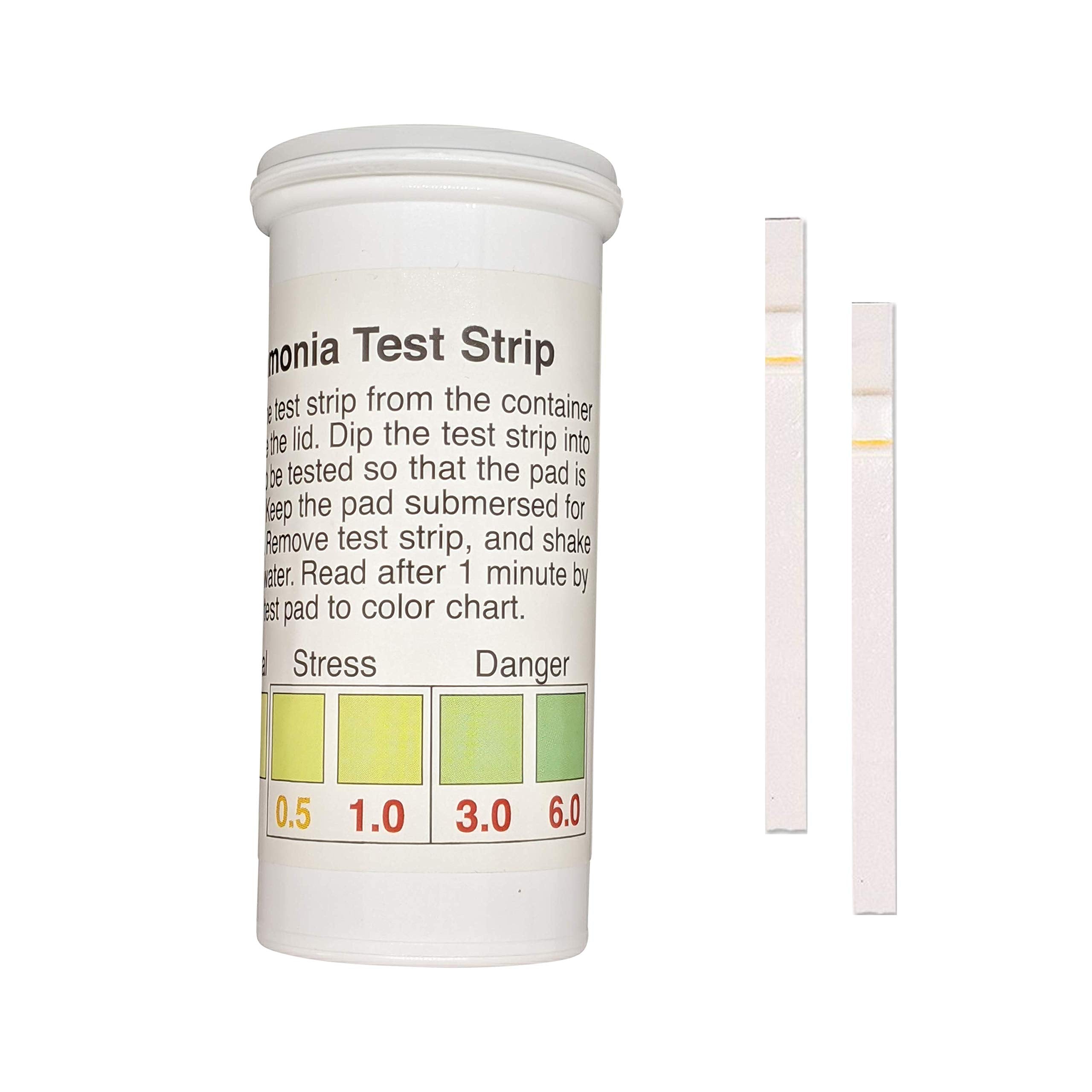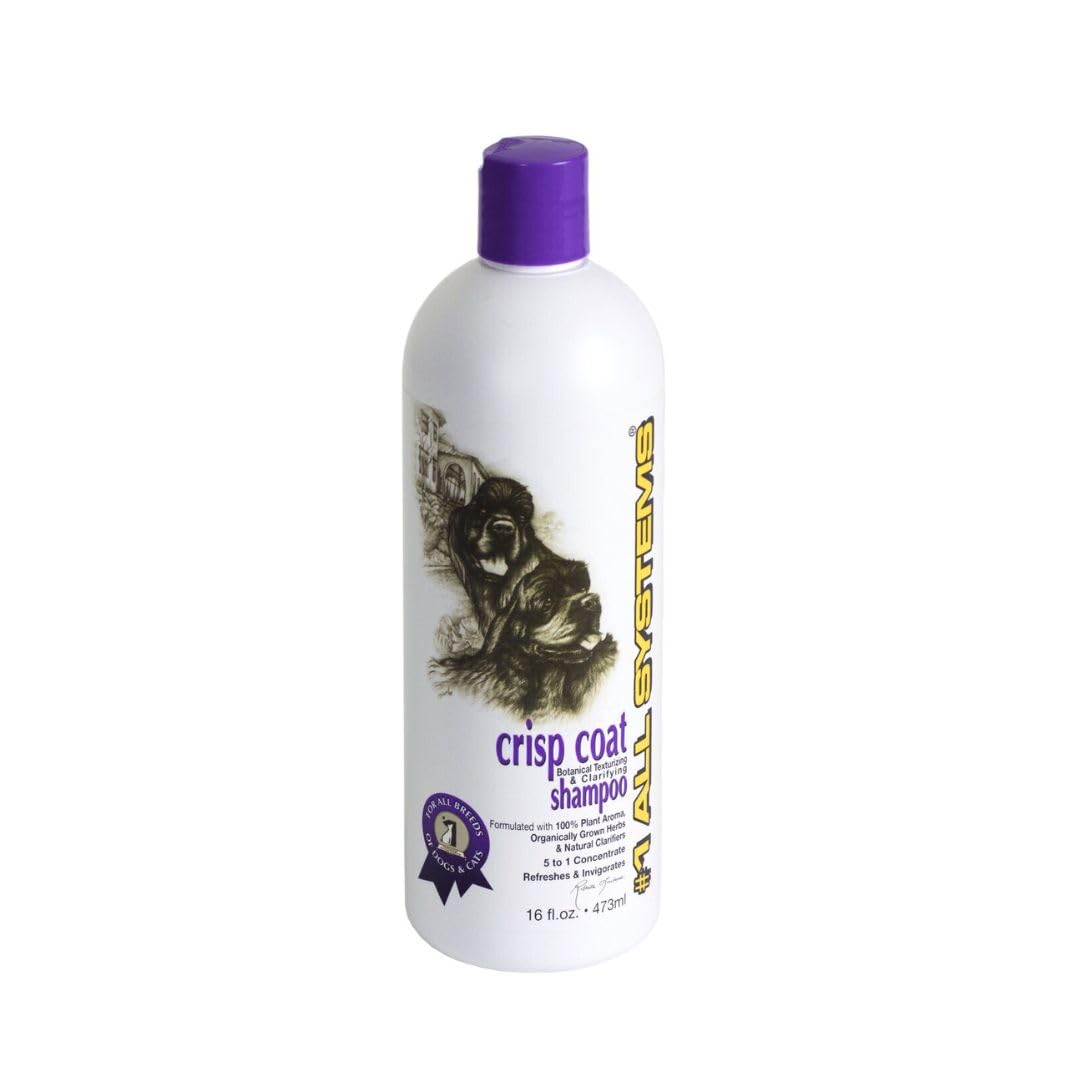Ammonia NH3 Test Strips, 0-6ppm for Aquarium, Fish Tank and Pond Monitoring [Vial of 25]
- $22.49
-
Regular price
$32.13 -
-30%
 WELCOME5: Use Code WELCOME5 for 5% OFF on your first order!
WELCOME5: Use Code WELCOME5 for 5% OFF on your first order!
Couldn't load pickup availability




Vendor: Bartovation
Type: Water Care
Sku: WBPETB08MFS2QSB
Available: Available
- No EU import duties.
- Ships within 1-2 business days.
- Ships in our fully recyclable and biodegradable signature boxes.
⚠️ California Proposition 65 Warning :
Some products sold on this website may expose you to chemicals known to the State of California to cause cancer, birth defects, or other reproductive harm.
For more information, visit www.P65Warnings.ca.gov.
Guarantee safe checkout

Ammonia NH3 Test Strips, 0-6ppm for Aquarium, Fish Tank and Pond Monitoring [Vial of 25]
These test strips are widely used in Tropical Fish Tank ,Breeder Tank, Pond, Betta Tank, Shrimp Tank. Studies have shown that ammonia can affect fish growth, osmotic pressure balance, metabolic activities, and can cause some damage to fish. And ammonia in an aquarium can come from several sources, including fish waste, uneaten food and other decaying matter. It is necessary to test ammonia for your fish regularly. Know your fish better, give fish a healthy safe aquarium environment. The Ammonia test strips are used to test for tank contaminants in aquariums and will detect the presence of ammonification from protein degradation. The chart reads 0-6ppm, 0ppm being ideal, 0.5 to 1.0ppm being stressed, and 3.0-6.0ppm being dangerous. It conveniently also has marked on the bottle what the readings mean - so you can know when corrective action is needed. The pH indicator pad in the Ammonia test strip is constructed to react only to the gaseous ammonia generated by the alkaline environment on the first test pad. The unique construction of the strip reduces, and in some cases eliminates the potential for many interferences, such as CN-, Fe, Mn, Ca, etc. The strip is composed of two filter pads. The first filter pad acts as an absorbent and takes up the water sample. The first pad has been treated with alkaline materials. This alkaline environment converts any ammonia to the gaseous state. The second filter pad is an hydrophobic material that has been treated in such a manner that only the gaseous ammonia is absorbed by the second filter pad. The second filter pad contains an indicator(s) capable of detecting the gaseous ammonia through a change in the pH of the filter pad.

![Ammonia NH3 Test Strips, 0-6ppm for Aquarium, Fish Tank and Pond Monitoring [Vial of 25]](http://petocart.com/cdn/shop/files/71OGjggcKIL.jpg?v=1758309386&width={width})
![Ammonia NH3 Test Strips, 0-6ppm for Aquarium, Fish Tank and Pond Monitoring [Vial of 25]](http://petocart.com/cdn/shop/files/51iQYDuKmIL.jpg?v=1758309386&width={width})

